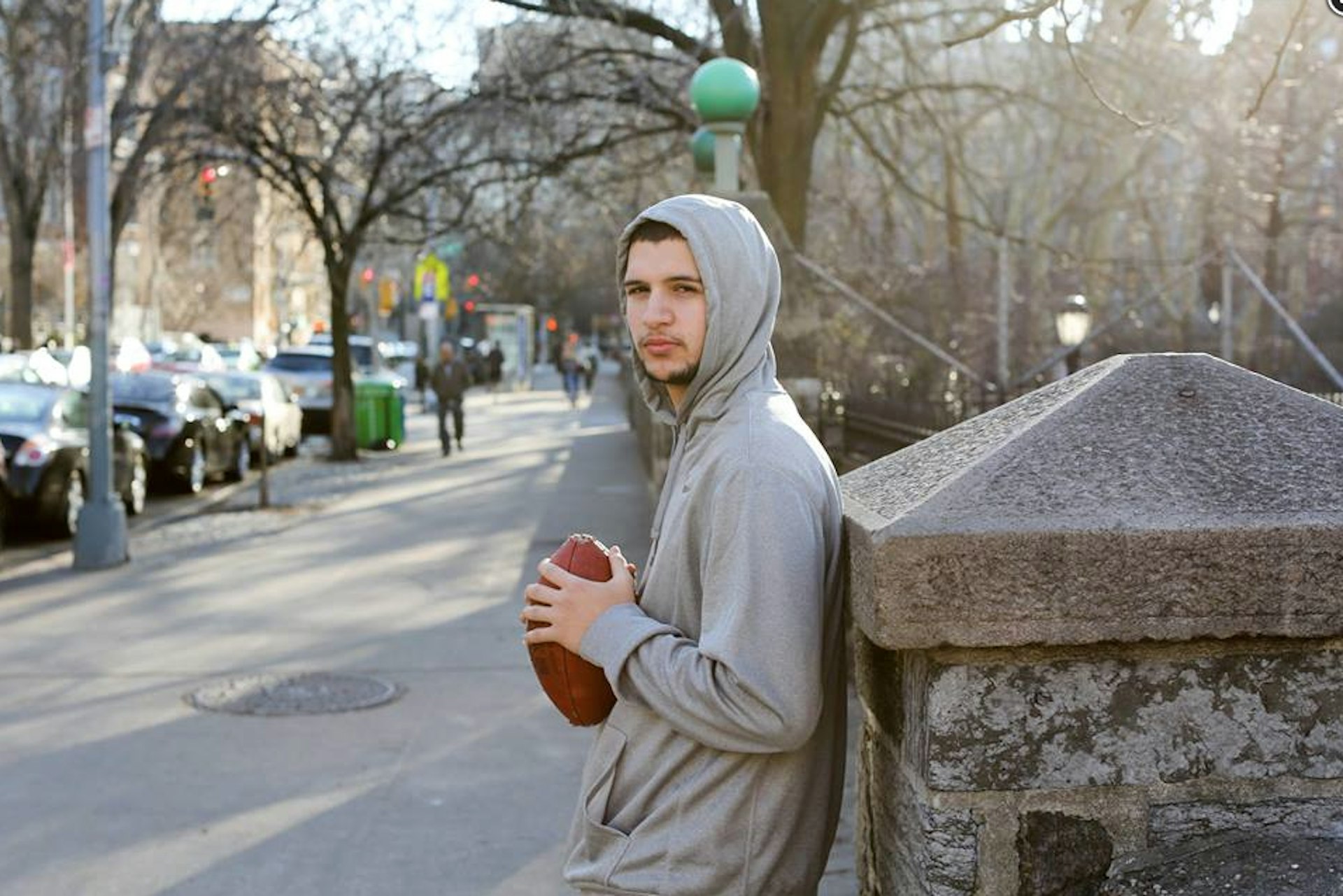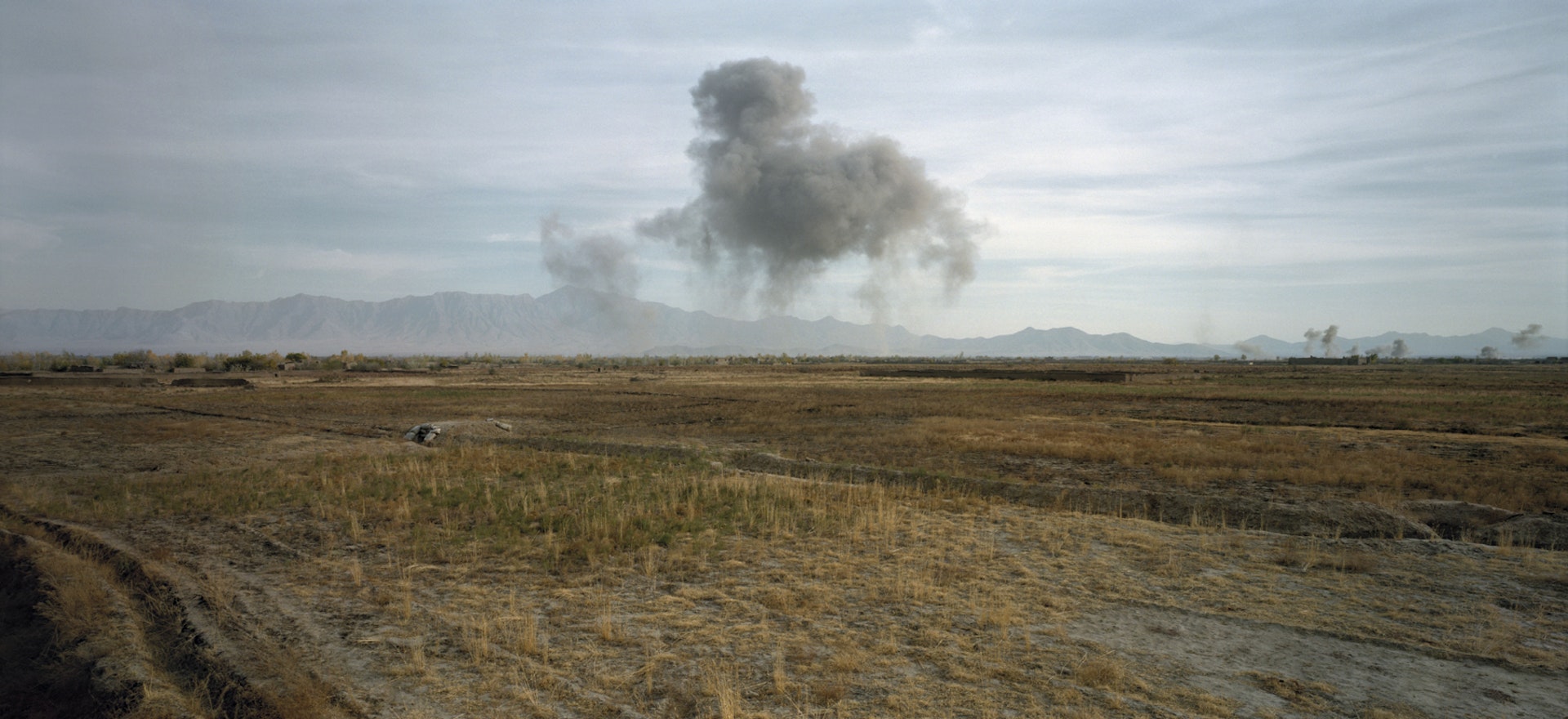
150 years of conflict in haunting images that will make you think twice
- Text by Shelley Jones
- Photography by Various. See Captions.
Nowhere is the power of photography more apparent than in the images produced at sites of conflict.
Difficult and often disturbing images that capture human suffering and destruction can massively influence public perception and consequently world action. It is well known that America’s opinion of the Vietnam War, for example, was changed when the work of photographers like Nick Ut made its way into the Western press.
So with this great impact, comes great responsibility. Conflict photographers are challenged with capturing the horror of violent situations, but respecting their subjects, and not reducing complicated struggles to simplistic conclusions.
It’s a challenge that is being explored with insight, sensitivity and intelligence at the Tate Modern until March 15 as part of their Conflict, Time, Photography exhibition. Curated by Simon Baker, Shoair Mavlian and David A. Mellor, the exhibition focuses on the relationship between photography and sites of conflict over time, featuring work sometimes produced weeks, months or even years after the friction.
The curators took inspiration from Kurt Vonnegut, Jr, who was present during the firebombing of Dresden in 1945 when tens of thousands of its inhabitants were killed. He was locked in the underground meat locker of a slaughterhouse as a prisoner of war, and emerged the morning after the air raid to find what he called ‘possibly the world’s most beautiful city’ completely destroyed. It took him twenty-four years to finally publish Slaughterhouse-Five where he wrote: “People aren’t supposed to look back. I’m certainly not going to do it anymore. I’ve finished my war book now. The next one I write is going to be fun. This one is a failure, and had to be, since it was written by a pillar of salt.”
The curators use Vonnegut’s experience as a starting point for this unusual and deeply moving exhibition, with work from traditional war photographers like Don McCullin and Luc Delahaye to more conceptual shooters like Jim Goldberg and Stephen Shore.
Like many survivors of conflict, they say, Kurt Vonnegut spent much of his life dealing with its aftermath, trying to reach the point, where as he put it: ‘Everything was beautiful and nothing hurt.’ Until the end of his life, they remind us, he continued to sign off his texts and essays as follows: PEACE
Below is a selection of photography on show at Conflict, Time, Photography, which runs at the Tate Modern, London, until March 15.
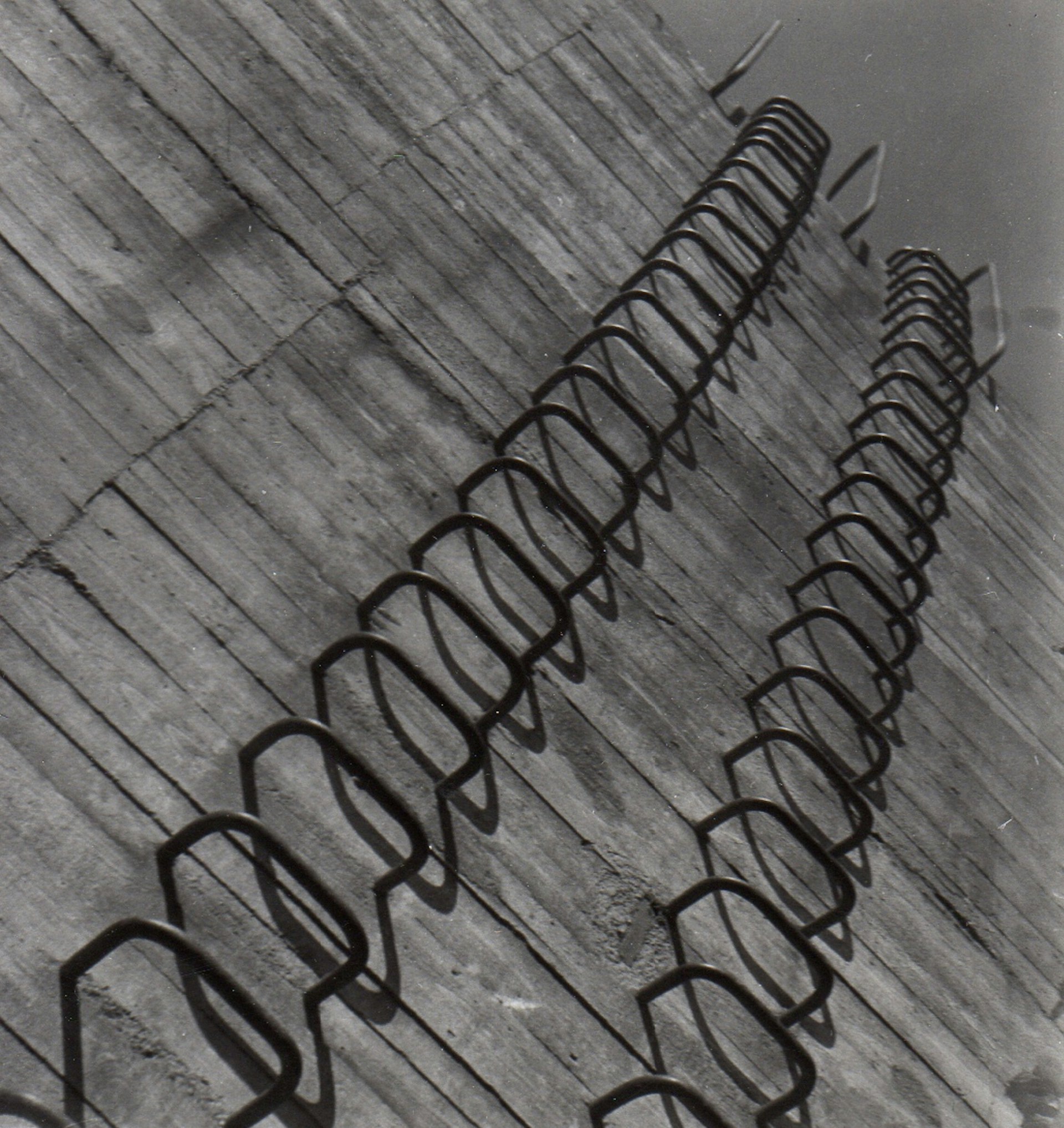
Jerzy Lewczyński
Wolf’s Lair / Adolf Hitler’s War Headquarters 1960
courtesy Gallery Asymetria
© Jerzy Lewczyński
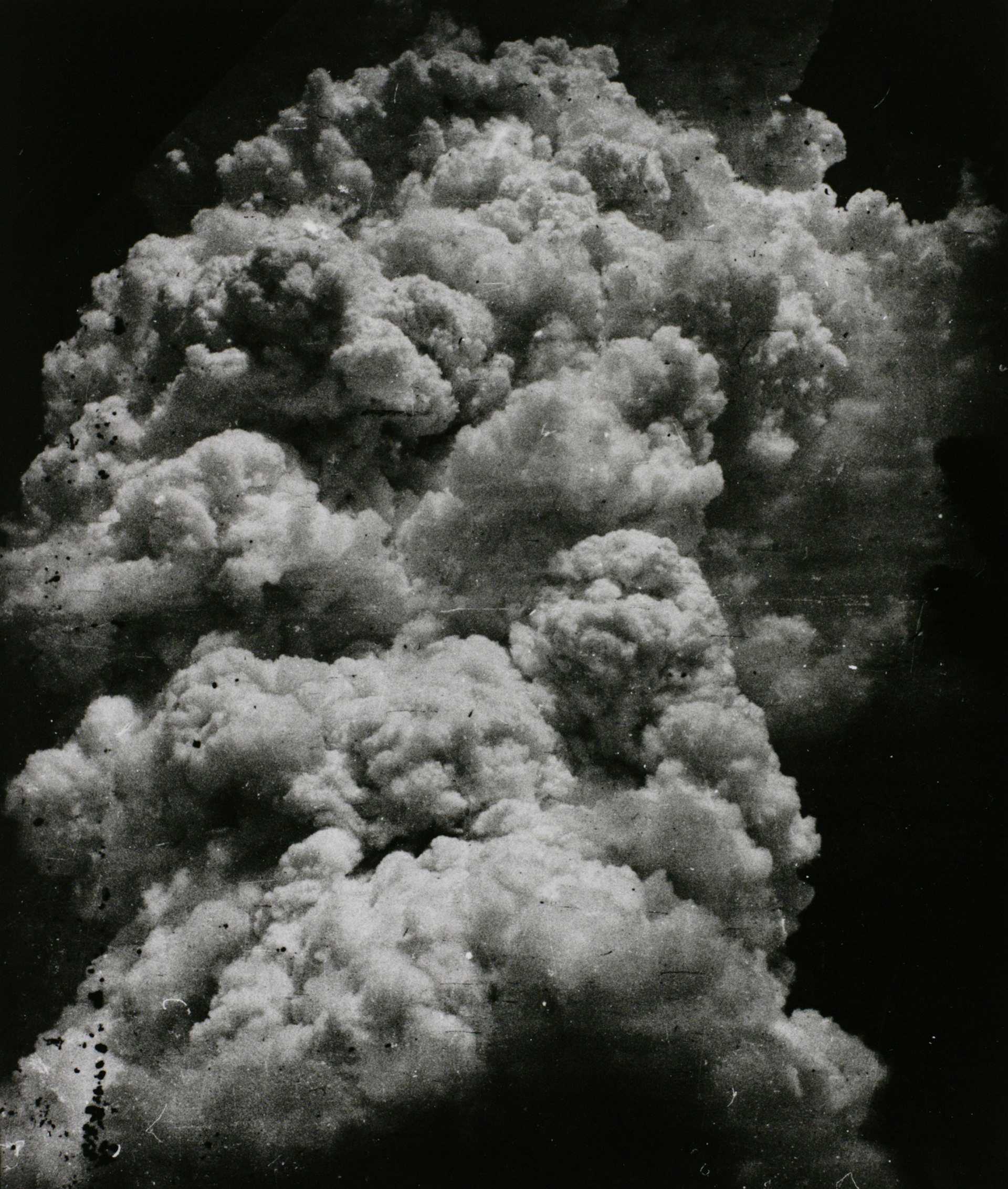
Toshio Fukada
The Mushroom Cloud – Less than twenty minutes after the explosion (1) 1945
Tokyo Metropolitan Museum of Photography (Tokyo, Japan)
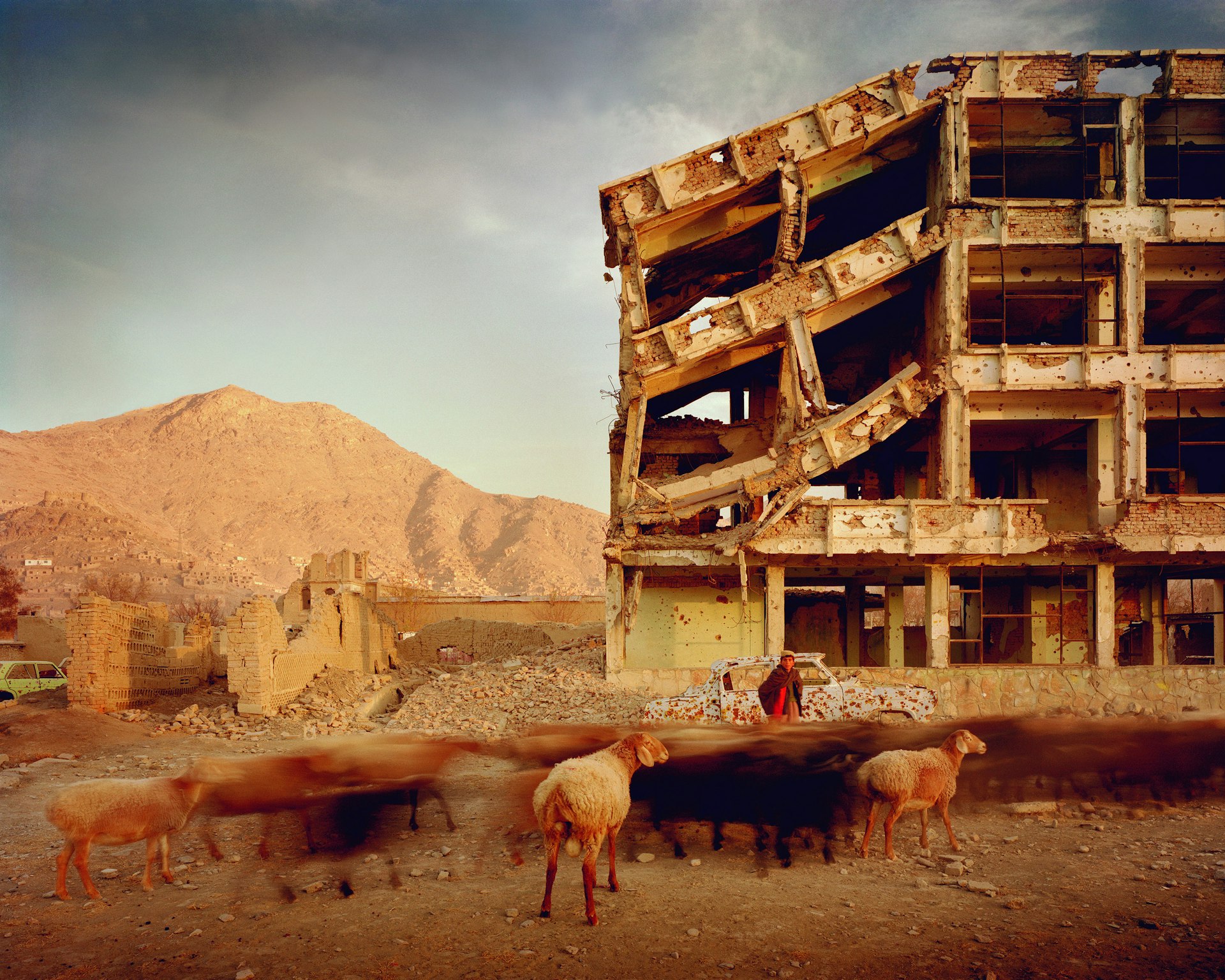
Simon Norfolk
Bullet-scarred apartment building and shops in the Karte Char district of Kabul. This area saw fighting between Hikmetyar and Rabbani and then between Rabbani and the Hazaras 2003
© Simon Norfolk

Shomei Tomatsu
Steel Helmet with Skull Bone Fused by Atomic Bomb, Nagasaki 1963
© Shomei Tomatsu – interface. Courtesy of Taka Ishii Gallery, Tokyo
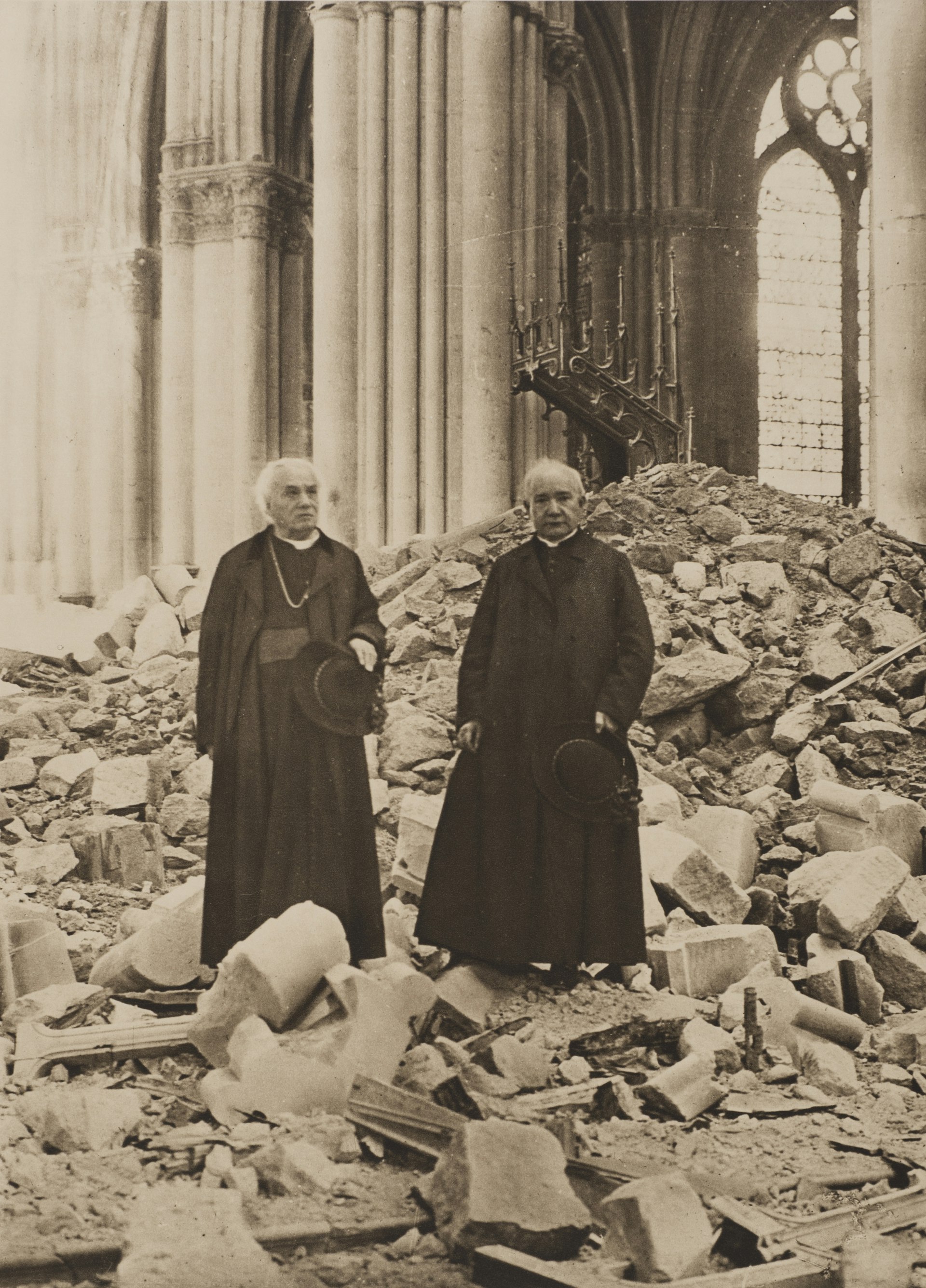
Pierre Anthony-Thouret
Plate XXXVIII 1927
from Reims after the war. The mutilated cathedral. The devastated city.
Private collection, London
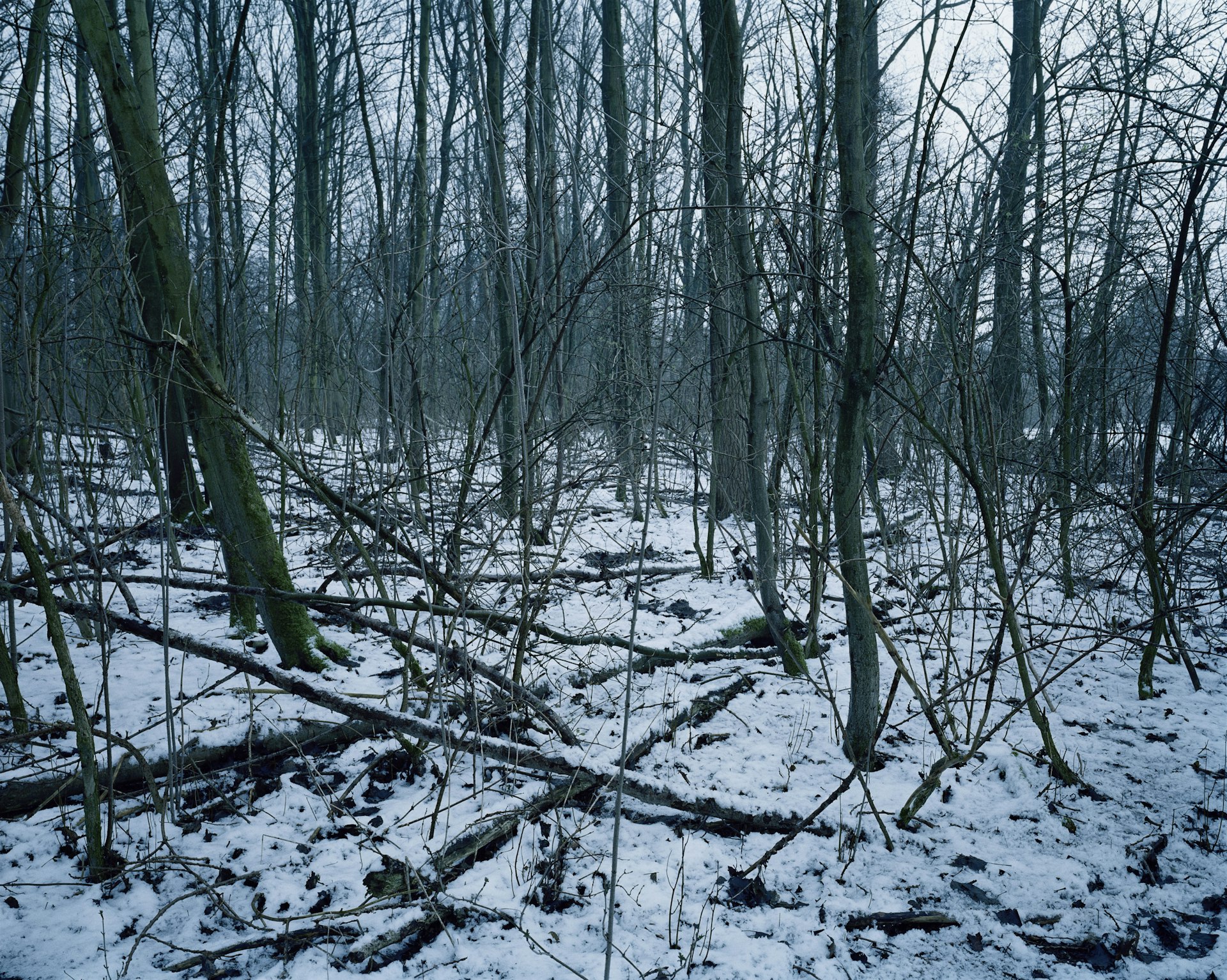
Chloe Dewe Mathews
Vebranden-Molen, West-Vlaanderen 2013
Soldat Ahmed ben Mohammed el Yadjizy
Soldat Ali ben Ahmed ben Frej ben Khelil
Soldat Hassen ben Ali ben Guerra el Amolani
Soldat Mohammed Ould Mohammed ben Ahmed
17:00 / 15.12.1914
© Chloe Dewe Mathews
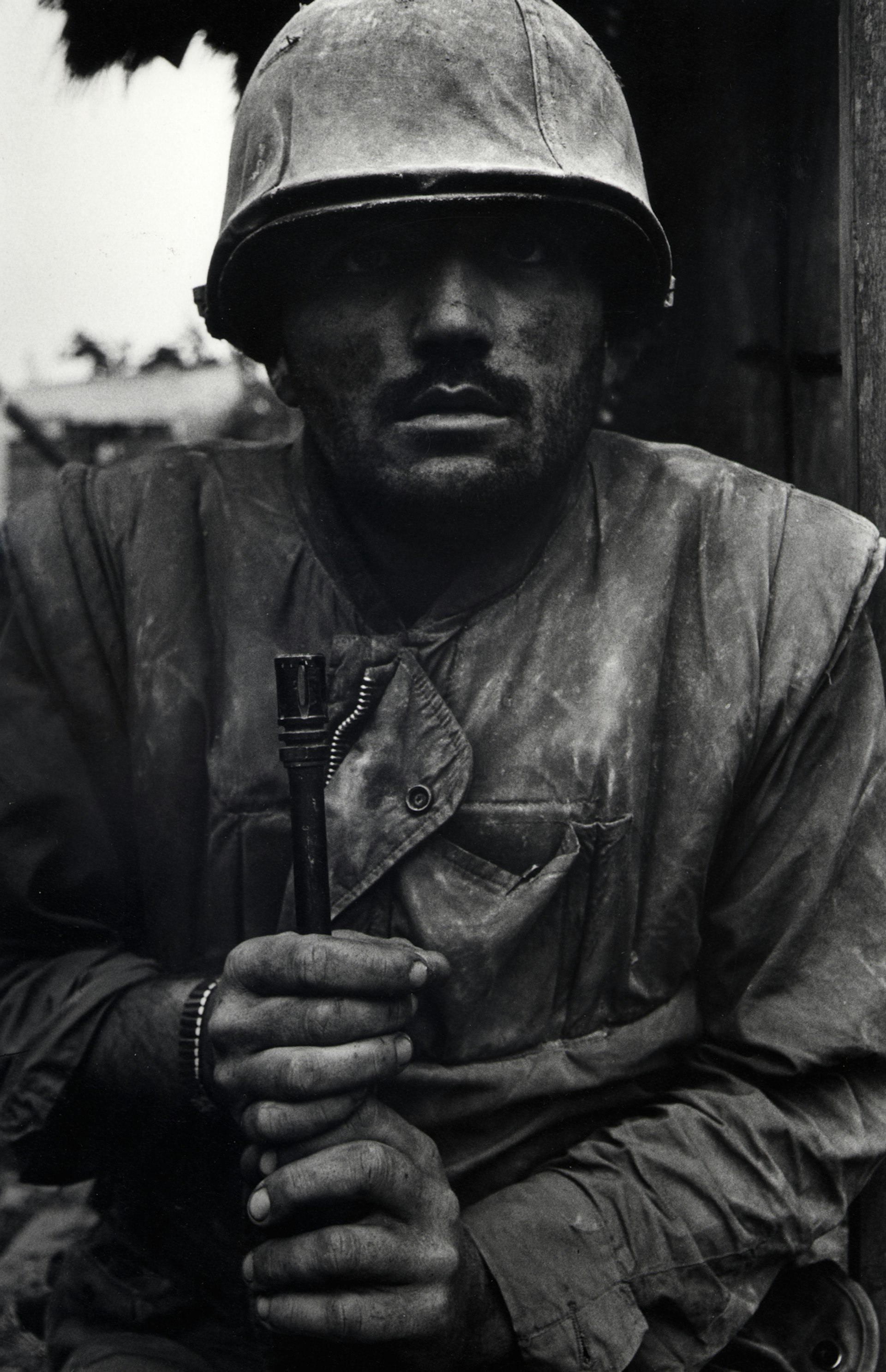
Don McCullin
Shell Shocked US Marine, Vietnam, Hue 1968, printed 2013
© Don McCullin
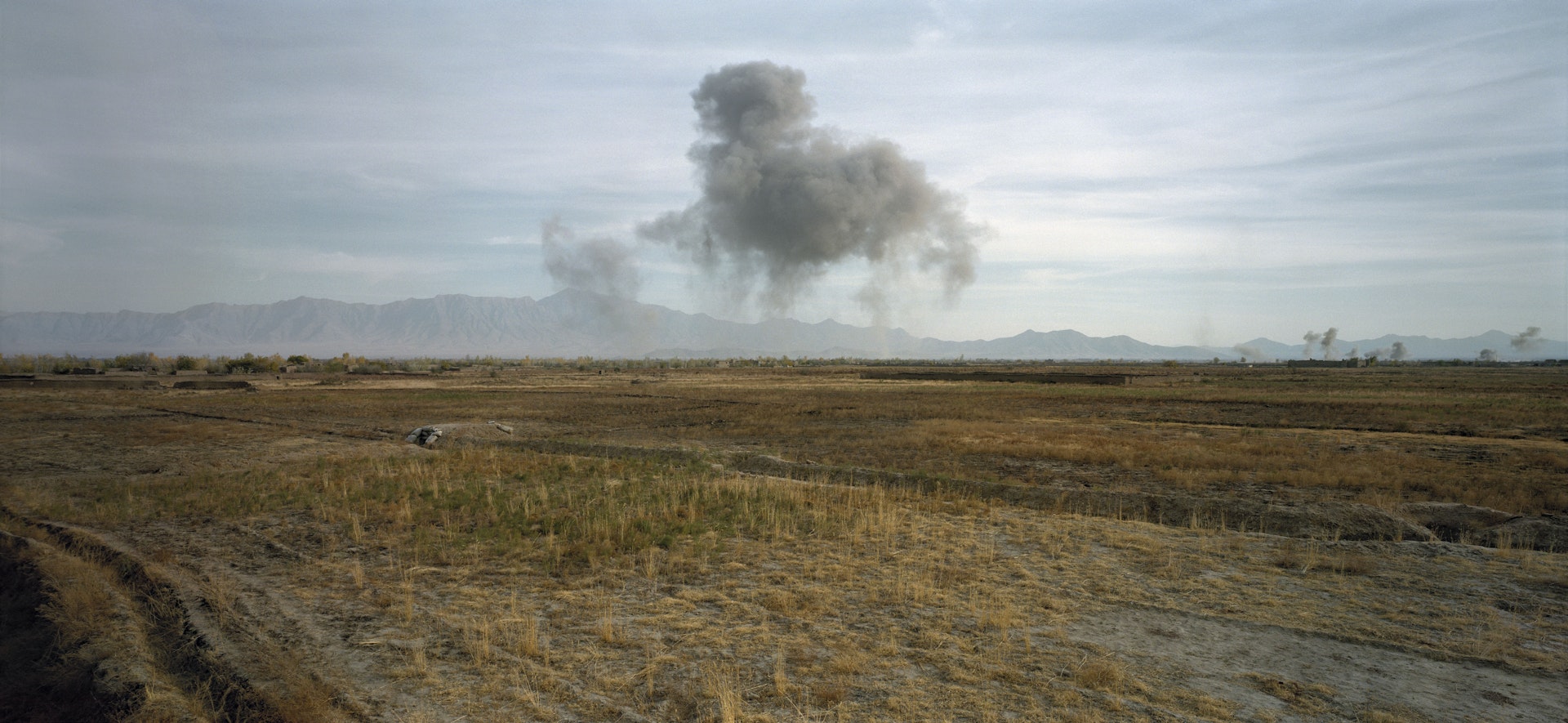
Luc Delahaye
US Bombing on Taliban Positions 2001
C-print
238.6 x 112.2 cm
Courtesy Luc Delahaye & Galerie Nathalie Obadia, Paris/Bruxelles
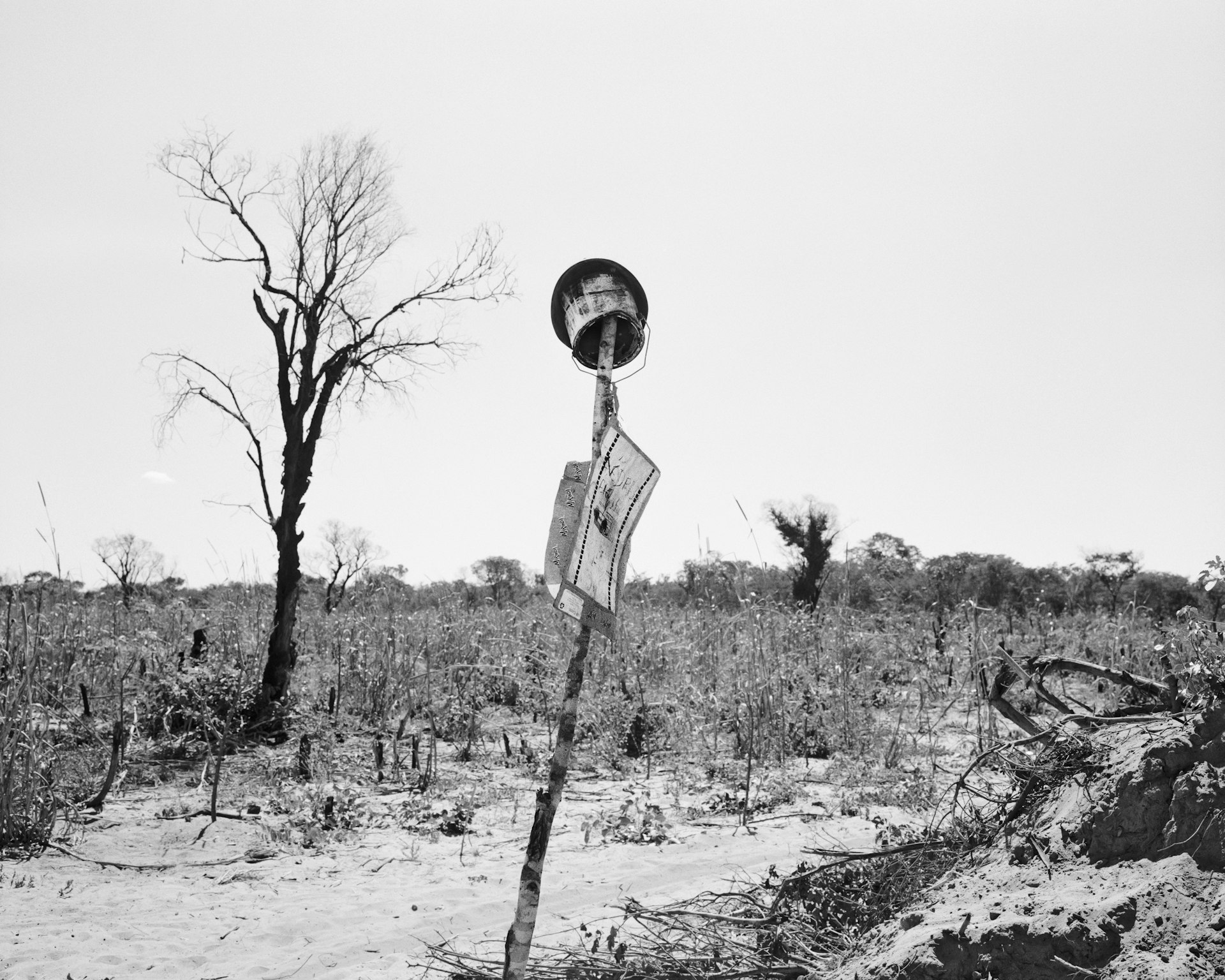
Jo Ractliffe
As Terras do fim do Mundo 2009
Hand-printed silver gelatin print
Courtesy the artist
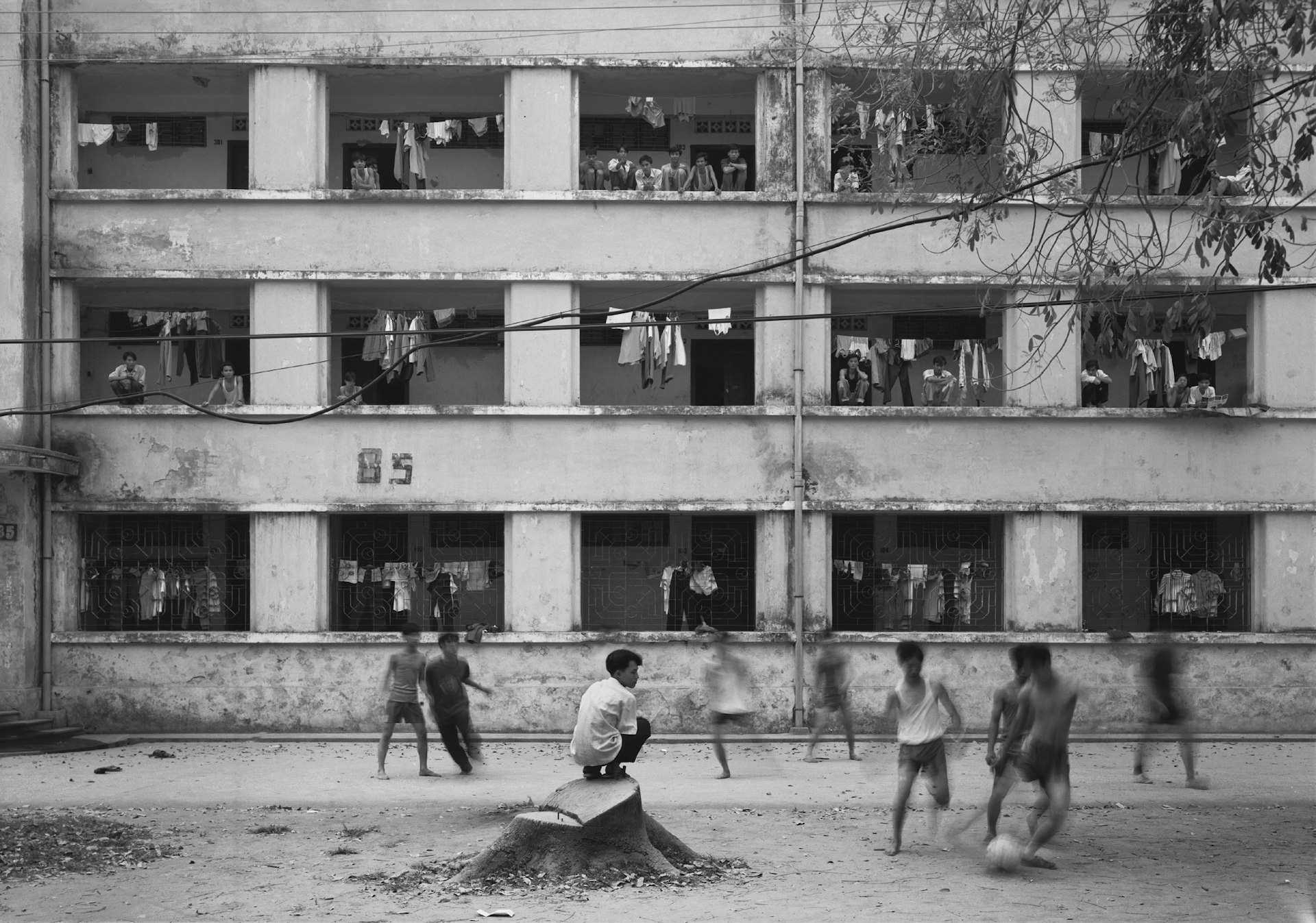
An-My Lê
Untitled, Hanoi 1994-98
From the series Untitled, Vietnam
Courtesy of the artist and Murray Guy, New York

Ursula Schulz-Dornburg
Kurchatov – Architecture of a Nucleur Test Site
Kazakhstan. Opytnoe Pole. 2012
courtesy of the artist’s studio
© Ursula Schultz-Domburg
